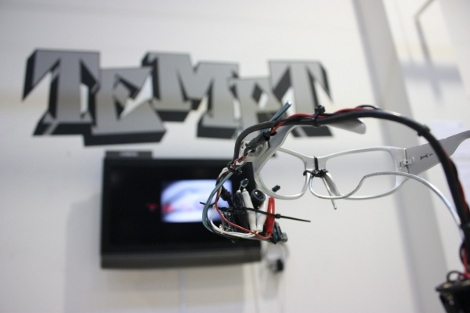
[Directive0] added a 200mW laser to his Enterprise Phase Pistol toy. This joins the ranks of hand-held laser hacks that we’ve seen around here lately. His build makes use of the stun and kill settings of the toy to switch between different modes. The built-in 9 volt battery holder is tapped into for power. When set to stun, the stun LED indicator is illuminated and a trigger pull sends current limited electricity to the laser diode. When the kill (or blind) setting is selected, the appropriate LED is illuminated and the trigger sends the full current from the battery to the laser diode. Power regulation is managed by the driver circuit for the laser.
This build preserves the unmodded look of the toy gun. [Directive0’s] inclusion of protective glass should fend off the warnings we usually see in the comments of these types of hacks.















